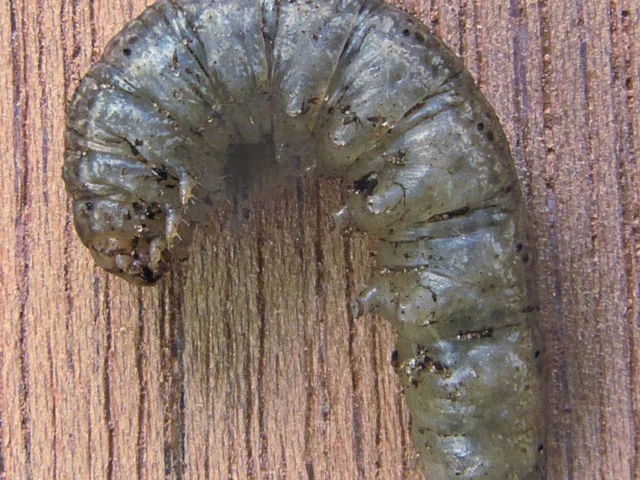Schoolkids dig deep for birds
0603590c-ac1a-44b1-a276-2babf12c015e

Schoolchildren across Britain have been surveying soil creatures to find out what birds are eating.
Since the summer of 2015, 1,606 schools - around 40,000 kids in total - have taken part in the British Trust for Ornithology's (BTO) What’s Under Your Feet project to help find out what is living right under their feet and how it is distributed across the country in the different kinds of soil.
Children were asked to sample a 300x300mm square of soil on their playing fields, and perhaps surprisingly it seems that the length of time since any rain had fallen had a large impact on the results. More invertebrates were found in the soil the longer it had been since rain fell.
This could mean that the floods experienced this winter in northern Britain could have far reaching implications for those animals that rely on soil invertebrates. Further investigation is needed and it will be interesting to see the results from those schools whose playing fields have experienced flooding.
Early indications also show that there are often more soil invertebrates close to trees and shrubs. Worms, woodlice, spiders, beetles, ants and earwigs are all more abundant near shrubs or trees than they are in open soil.
Blaise Martay, lead scientist on the project, said: “The next step in the survey will be to try and find out what types of invertebrates different bird species like [to eat]. Thanks again to everyone who is helping us, and don’t forget to take part this year and let us know what you find – it might just be brand new to science.”
What’s Under Your Feet is organised by the BTO in collaboration with EDF Energy. The next phase of the project began on 1 March, when registered schools will be asked to dig again.
Anyone can take part, for more information and to register your school please visit the project's website.
Since the summer of 2015, 1,606 schools - around 40,000 kids in total - have taken part in the British Trust for Ornithology's (BTO) What’s Under Your Feet project to help find out what is living right under their feet and how it is distributed across the country in the different kinds of soil.
Children were asked to sample a 300x300mm square of soil on their playing fields, and perhaps surprisingly it seems that the length of time since any rain had fallen had a large impact on the results. More invertebrates were found in the soil the longer it had been since rain fell.
This could mean that the floods experienced this winter in northern Britain could have far reaching implications for those animals that rely on soil invertebrates. Further investigation is needed and it will be interesting to see the results from those schools whose playing fields have experienced flooding.
Early indications also show that there are often more soil invertebrates close to trees and shrubs. Worms, woodlice, spiders, beetles, ants and earwigs are all more abundant near shrubs or trees than they are in open soil.
Blaise Martay, lead scientist on the project, said: “The next step in the survey will be to try and find out what types of invertebrates different bird species like [to eat]. Thanks again to everyone who is helping us, and don’t forget to take part this year and let us know what you find – it might just be brand new to science.”
What’s Under Your Feet is organised by the BTO in collaboration with EDF Energy. The next phase of the project began on 1 March, when registered schools will be asked to dig again.
Anyone can take part, for more information and to register your school please visit the project's website.

